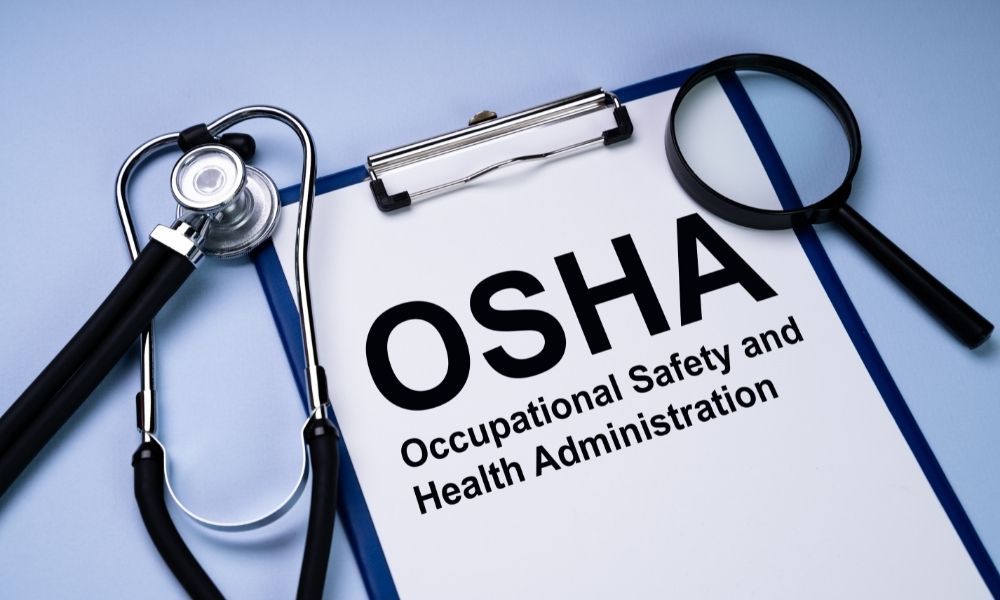
Without the Occupational Safety and Health Administration (OSHA), many workplaces would operate under unsafe and unhealthy work conditions. For healthcare practices like veterinary clinics, complying with OSHA increases the safety of employees and patients. To ensure proper implementation and compliance with OSHA, the Department of Labor mandates regular workplace inspections. Evaluators examine records, take photos, and note any potential hazards during their examination. Here are three reasons a veterinary clinic might fail an OSHA inspection.
Poor Documentation
One of OSHA’s primary standards requires businesses to follow specific documentation procedures and provide records, like certifications earned from (online) veterinary OSHA training. Veterinary clinics must file a lot of paperwork for patients, equipment, staff members, and medicinal chemicals. Disorganized filing systems, missing paperwork, and the use of non-OSHA compliant forms flag documentation hazards. Plus, a lack of training certifications can lead to an OSHA inspection due to OSHA’s emphasis on mandated training.
Inadequate Labeling
Like the documentation process, OSHA requires specific labeling protocols. Labeling protocols ensure that chemicals clearly and accurately display necessary information warning people of the dangers of using the product. All chemical labels should display:
- • A product identifier
- • A signal word, like “danger” or “caution”
- • Hazard statements
- • Company information
- • Common hazard symbols
The use of inaccurate or inadequate labels creates potential risks, including misuse of products, poor handling, and difficulty finding a solution in the event of misuse or accident.
Building Hazards
OSHA may send Certified Safety and Health Officials (CSHOs) to the worksite without forewarning. Lack of routine building maintenance and cleaning can lead to clinics getting caught off guard and failing impromptu inspections. Inspectors can penalize clinics for building hazards, from loose bolts and cracks to cluttered workspaces. Even if the office plans to clean or fix the mess or run-down features later, they will still get docked if those issues are apparent during the inspection. The sooner maintenance tends to problems the more likely the clinic will be prepared for spontaneous evaluations.
Failing OSHA mandated inspections may to hefty fines, citations, and potential legal consequences depending on the hazard. With the proper training and protocol implementation, clinics stand a higher chance of passing evaluations by avoiding these three common reasons a veterinary clinic might fail an OSHA inspection.
